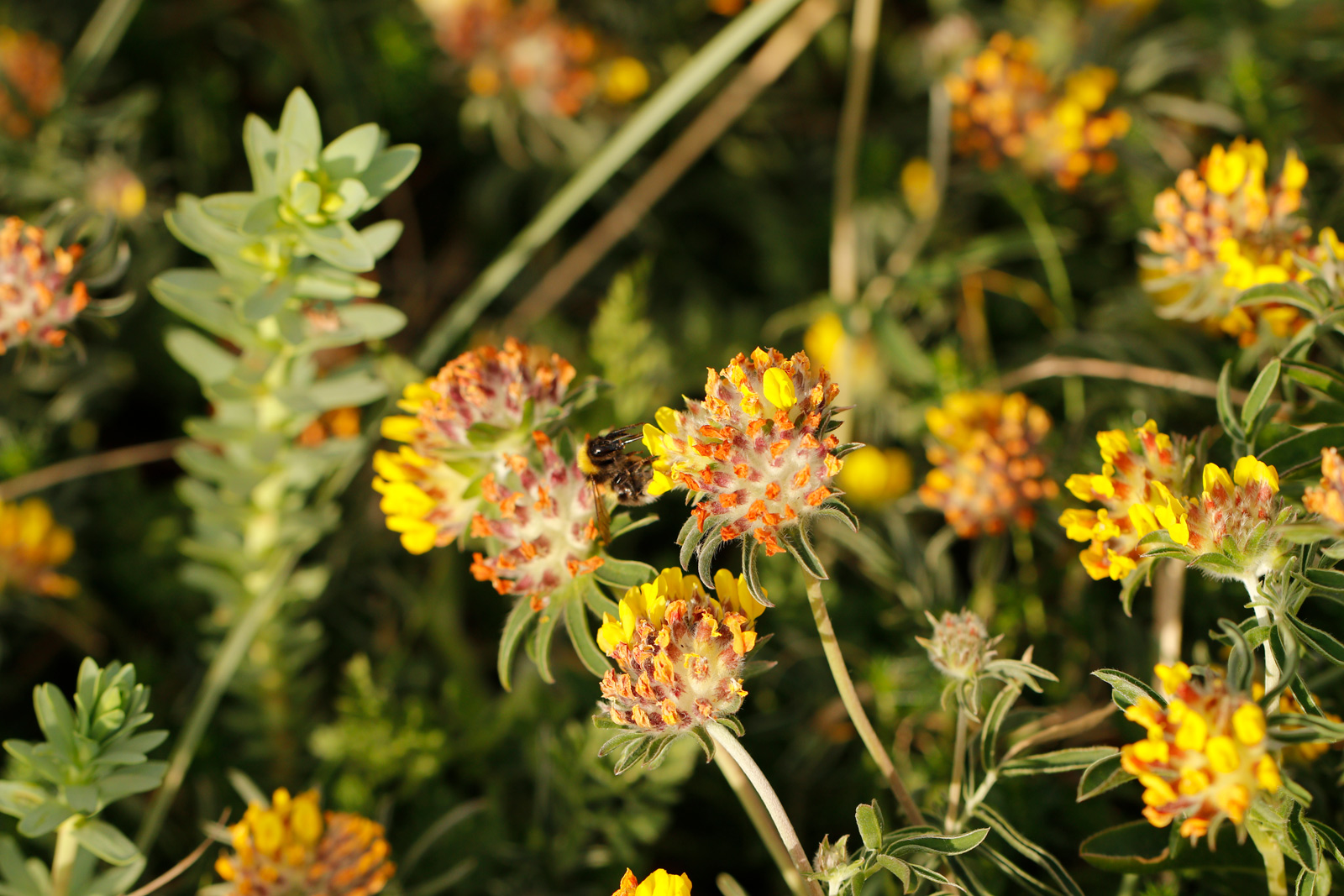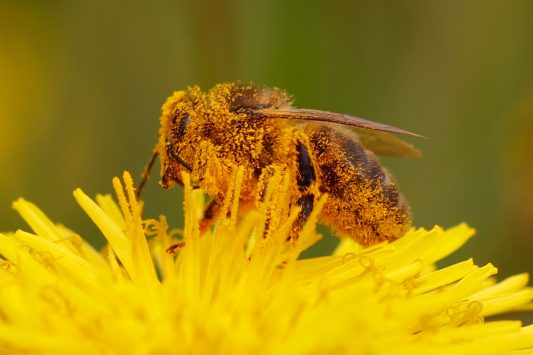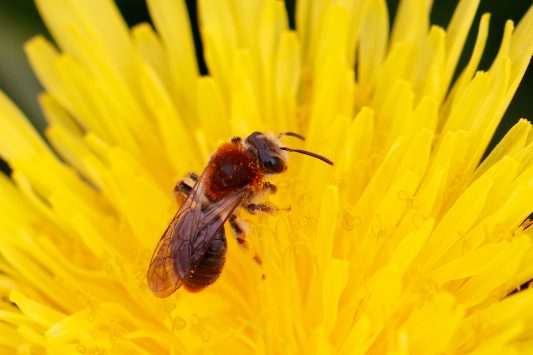Description
Location: Wicklow, Greystones
Note: Least concern
Wildlife Notes: Seen on Dandelion*, Clover*,
*all flowers I have recorded this species on in Wicklow
Description:
Bombus lucorum, the white-tailed bumblebee, is a species of bumblebee, widespread and common throughout Europe. This name has been widely used for a range of nearly identical-looking or cryptic species of bumblebees. In 1983, Scholl and Obrecht even coined the term Bombus lucorum complex to explain the three taxa (B. lucorum, Bombus magnus, and Bombus cryptarum) that cannot be easily differentiated from one another by their appearances. A recent review of all of these species worldwide has helped to clarify its distribution in Europe and northern Asia, almost to the Pacific. B. lucorum reaches the Barents Sea in the North. However, in southern Europe, although found in Greece it is an upland species with its distribution never quite reaching the Mediterranean.
Compared to other bumblebee species, the individuals of B. lucorum have shorter tongues, and this characteristic enable them to rob nectar. The worker bee uses the horny sheath around its tongue to make a hole through the flower, reaching the nectar without entering the flower. Therefore, the worker bee does not come in contact with the pollen while getting the nectar.
Nests
The nests of B. lucorum can be found underground and may be very large, containing up to 400 workers. Often, they are abandoned nests of old mice or vole. In the nest, the queen makes a circular chamber where she builds a wax egg cell in which she lays her first batch of eggs. The eggs are laid on a layer of pollen and then covered again with a wax layer.
In the United Kingdom, where the species is very common, they prefer to have their nests facing south for extra warmth.
All info above thanks to https://en.wikipedia.org/wiki/Bombus_lucorum








